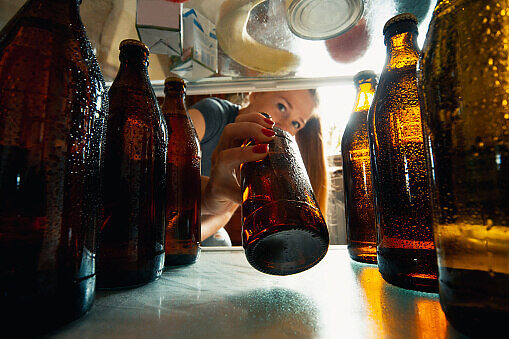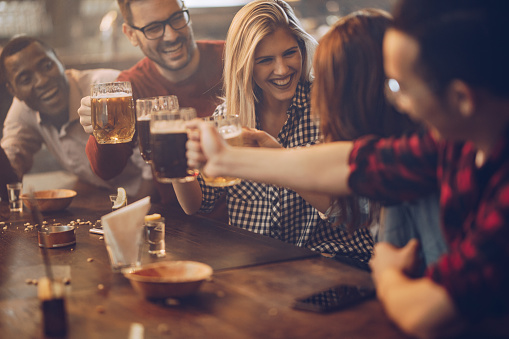Here’s How to Achieve the Best Temperature for a Beer Fridge
Whether your beer is served draft or at home, there is a perfect temperature for your beer fridge. For light-bodied lagers, a colder temperature is best for them. It also reduces the bitterness and flattens the complexity of pale lagers. However, a colder temperature will reduce the alcohol content of your brew, so be sure to keep your mixture in a cooler at a slightly warmer temperature.
The majority of beers should be served chilled.
There are, however, a few exceptions to this rule. A pale ale, for example, should be chilled to around 40 degrees to release its aroma—a dark and flavorful Belgian beer at 50 degrees or higher. When deciding on the ideal temperature for your beer fridge, keep these things in mind. Listed below are the temperatures for the most popular types of beer.
Most domestic beers go down best at temperatures between forty and fifty degrees.
These should be consumed at the same temperature as they are intended to be. The ideal temperature for your beer fridge should be between forty-five and fifty degrees. Belgian beers are best to keep at a minimum of 10 degrees above the average temperature. Beer fridges are best at 50 degrees. It is recommended for pale ales and IPAs. Keeping a dark brew at a colder temperature will cause it to have a cloudy taste.
Generally, if you want to serve your beer at an optimal temperature, the temperature should be between forty and fifty degrees. This temperature is slightly more relaxed than the average beer, but not icy cold. If you’re serving pale lagers, such as pilsners, try doing them at forty to fifty degrees. For a more complex brew, try keeping it at a higher temperature. If your drink isn’t too strong or too light, then you can serve it at room temperature.
The best temperature for a beer fridge is four to five degrees.
Before you can enjoy beer, it is best to chill it to the correct drinking temperature; therefore, it must be at a proper temperature. Cooling them at low temperatures is best to avoid unpleasant sourness in pale ales. Dark beer, however, should be chilled at high temperatures. A cold lager will lose its aroma and flavor if kept at a low temperature.

The best temperature for a beer fridge will vary depending on the type of beer. Domestic beers, for example, should be kept at 40 degrees. Meanwhile, a pale ale is best to store at a temperature of 40 degrees or less. In contrast, Belgian beer with a strong flavor at 50 degrees. The exact temperature for beer fridges depends on the type of beer you’re serving.
You can serve some beers at different temperatures. Light-bodied domestic beers should generally be kept between 40 and 50 degrees. German pilsners and other pale ales should be chilled at about 40 degrees. A darker beer should be refrigerated at a lower temperature than a pale ale. One popular method of cooling a beer is to wait until it has a thin layer of frost on it. If the beer is cold, it will lose its flavor and aroma.
The ideal temperature for a beer fridge is between forty and fifty degrees. It is noticeably cold but not icy. It is suitable for most light-bodied beers like pale lagers and German pilsners. For more flavorful beers, beer should be kept at 50 degrees. If your beer is too cold, it will flatten out its complexity. Instead, it should be stored at a perfect temperature for you.
The best temperature for a beer fridge is a matter of taste.
For example, pale ale should be served slightly lower than a Lager. While most lagers and pilsners are best kept at around forty degrees, some pale ales should be stored slightly warmer than lagers. Some beers are made to be served at a different temperature than others. A brewed beer should be cooled to its ideal temperature to avoid losing its flavor.

